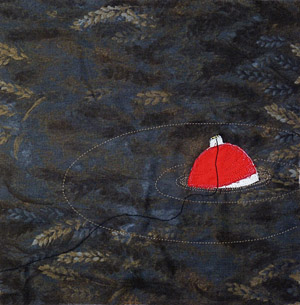At this moment I’m on page XIX of the introduction to Beowulf. I feel like I’m swimming in a roiling sea full of words. Wonderful, arcane, English-majorish, bet you’ll have to look up that one and double-dog dare you to try and pronounce this one, words.
Earlier then, fifty years later, the dragon. From his dry-stone vault, from a nest where he is heaped in coils around the body-heated gold. Once he is wakened, there is something glorious in the way he manifests himself, a Fourth of July effulgence fireworking its path across the night sky; and yet, because of the centuries he has spent dormant in the tumulus, there is a foundedness as well as a lambency about him. He is at once a stratum of the earth and a streamer in the air, no painted dragon but a figure of real oneiric power, one that can easily survive the prejudice which arises at the very mention of the word “dragon.” Whether in medieval art or in modern Disney cartoons, the dragon can strike us as far less horrific than he is meant to be, but in the final movement of Beowulf, he lodges himself in the imagination as wyrd rather than wyrm, more a destiny than a set of reptilian vertebrae.



Yes, that is excellent! “Oneiric” got me on both pronunciation and meaning.